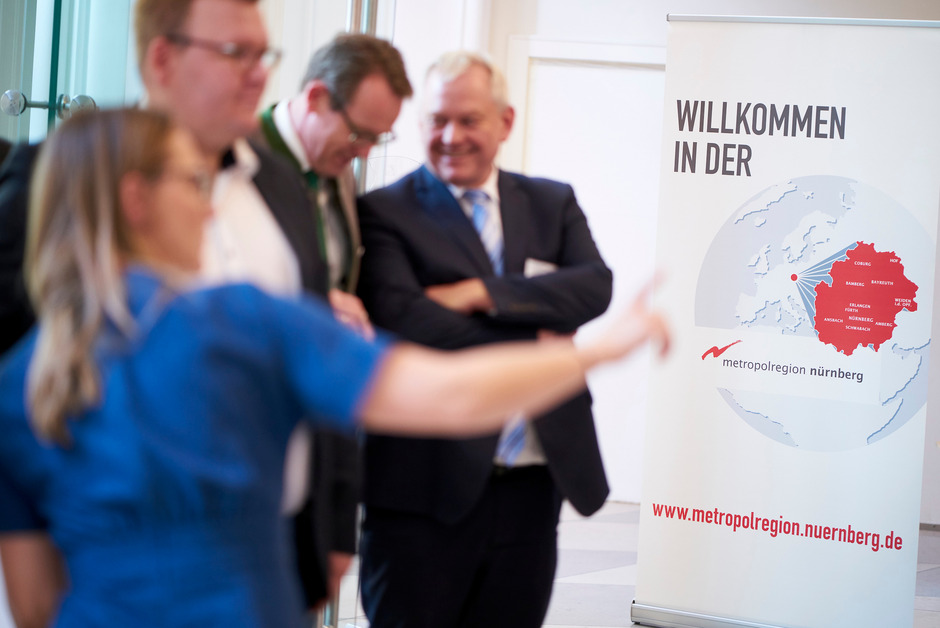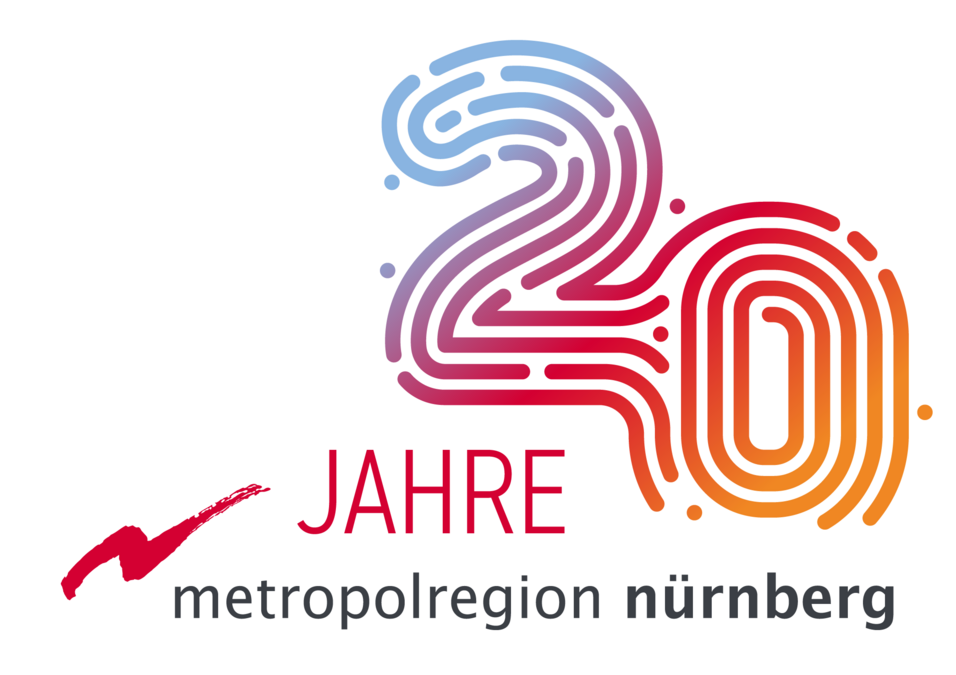
Thinkers, entrepreneurs and quality of life
Discover the Home for Creative Minds – cities and towns that can do more, that are filled with centuries-old traditions, breathtaking natural and cultural highlights and groundbreaking technology. Experience the reasons behind our regional slogan: See it. Feel it. Stay.
Facts and figures - Nuremberg Metropolitan Region
Commerce and employment
The Nuremberg Metropolitan Region enjoys a broad spectrum of skills in industry and services. Medium-sized companies predominate and there are numerous “hidden champions”, constituting a key pillar of support for the regional business and labour market.
- GDP at market prices: 147 bn. €
- Economic development: +12.7 %
- Export rate: 49 %
- Employed persons liable to national insurance payments at the place of employment: 1.35 mio.
- GDP per employee: 85,300 €
- Business entities: 150,000
Geography and population
The Nuremberg Metropolitan Region comprises 23 administrative districts and 11 self-administering towns in Central Franconia, Upper Franconia and in parts of Lower Franconia, the Upper Palatinate and Thuringia. Overall, around 3.5 million people live in the Metropolitan Region.
- Area: 21,800 km²
- Inhabitants: 3.6 mio.
- Population development: -1,6 %
- Population density: 160 inh./km²
- Accessibility (radius 200 km): 27 mio. people
Facts and figures - Nuremberg Metropolitan Region
Science and innovation
Investments in education and research create the basis for progress in the global competitive environment. The Nuremberg Metropolitan Region enjoys excellent educational facilities and well-organised networks. Overall, 21 universities and colleges and 53 research institutes contribute to the successful transfer of new technologies and processes into the commercial sphere.
- Students: 93,000
- Universities: 3
- Colleges: 14
- Art and Music Academies: 3
Culture and tourism
World-renowned old towns such as Nuremberg, Dinkelsbühl, Rothenburg ob der Tauber and the world heritage city of Bamberg, the Richard Wagner Festivals and the Nuremberg Singer Songwriter Festival – through these, the Nuremberg Metropolitan Region annually welcomes 6.5 million guests, and every fifth visitor is from abroad.
On top of that comes domestic tourism. Over half of revenue sales from tourism are generated by day visitors. The ten nature parks are a major attraction. Every second square metre lies in a nature park.
- Arriving guests: 6.5 mio.
- Trend in arriving guests: +16,6 %
- Accommodation businesses: 2,500
- Overnight stays: 14.2 mio.
- Trend in overnight stays: +11.9 %
Sources: Bayerisches Landesamt für Statistik und Datenverarbeitung

